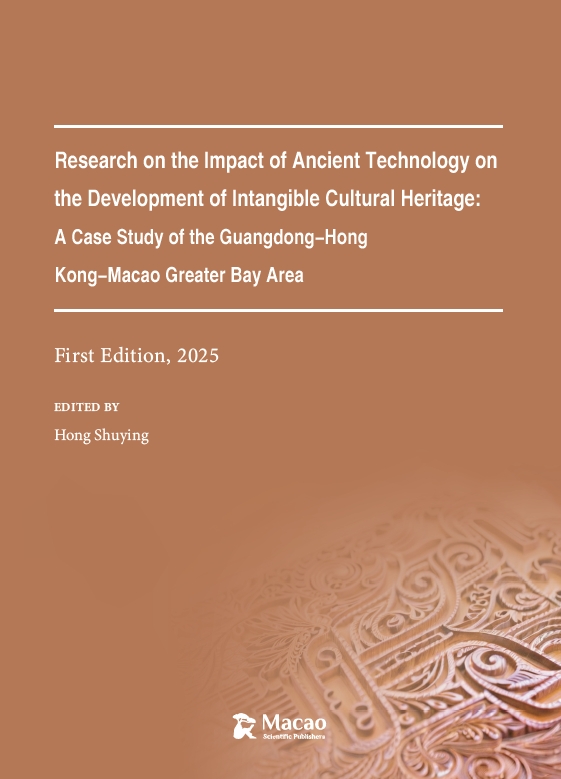Published:March 2025;
Format:Hardback, 1/16;
Pages:321;
Number of words:471,787
Copyright: © 2025 Authors & MOSP; Copyright Inquiry: book@mospbs.com
ISBN: 978-99981-10-25-0
Keywords: Nutritional; Tea Polyphenols; Health
*Correspondence: Guangzhou Institute of Science and Technology Guangzhou, China: None.
·Preface·
1.1 Introduction: The Context of Culture and the Bridge of Technology
Culture is the crystallization of human wisdom. As an indispensable part of it, Intangible Cultural Heritage (ICH) bears the memory and emotions of a nation. This book attempts to reveal how ancient technology serves as a bridge connecting the past and the present, and explores its influence on and the development of intangible cultural heritage in the Guangdong - Hong Kong- Macao region. Through this book, we hope that readers can have a deeper understanding of the intricate relationship between the two and realize the importance of protecting and developing these precious heritages.
1.1.1. Definition and Importance
According to the Convention for the Safeguarding of the Intangible Cultural Heritage adopted by the United Nations Educational, Scientific and Cultural Organization (UNESCO) in 2003, intangible cultural heritage refers to various practices, performances, expressions, knowledge systems and skills, as well as the related instruments, objects, handicrafts and cultural spaces that communities and groups recognize as part of their cultural heritage. It not only reflects the continuity of history and cultural diversity but also mirrors people's yearning for a better life and the inheritance of social values. For China, intangible cultural heritage is an important part of the spiritual home of the Chinese nation and a concrete manifestation of the country's soft power.
1.1.2. Research background
The Guangdong-Hong Kong-Macao region is located on the southern coast of China and has been one of the important gateways for external exchanges since ancient times. Here, talents and technological resources from the Central Plains
and other coastal provinces have converged, creating a culturally diverse and inclusive atmosphere. With the advancement of the Belt and Road Initiative, this region is playing an increasingly important role in the process of globalization. Therefore, studying the influence of ancient science and technology on the intangible cultural heritage of this region not only helps to gain an in - depth understanding of local cultural characteristics but also has broad international significance.
1.2 The Development Process of Ancient Science and Technology
1.2.1. Origins and Achievements
Ancient Chinese science and technology has a long history and has achieved brilliant accomplishments in fields such as astronomy and calendar, mathematics, medicine, and agriculture. Especially after the four great inventions of papermaking, printing, gunpowder, and the compass, China's science and technology gradually moved to the forefront of the world. However, due to factors such as geographical environment and social system, there are differences in the technological levels within different regions. Relying on its unique geographical location and economic advantages, the Guangdong - Hong Kong - Macao region has developed many skills and technologies with local characteristics while absorbing advanced foreign experiences.
1.2.2. Characteristics of the Guangdong-Hong Kong-Macao region
The Guangdong-Hong Kong-Macao region has been one of the important windows for China's external exchanges since ancient times. It has gathered talents and technological resources from the Central Plains and other coastal provinces, creating a culturally diverse and inclusive atmosphere. From architecture to medicine, from music to cuisine, all reflect the unique charm of the wisdom of the people in this region. For example, herbal tea, as a traditional beverage that reflects the local climate characteristics, has gone through a long - term development process and finally become a bond connecting family life.
1.2.2. Characteristics of the Guangdong-Hong Kong-Macao region
The Guangdong-Hong Kong-Macao region has been one of the important windows for China's external exchanges since ancient times. It has gathered talents and technological resources from the Central Plains and other coastal provinces, creating a culturally diverse and inclusive atmosphere. From architecture to medicine, from music to cuisine, all reflect the unique charm of the wisdom of the people in this region. For example, herbal tea, as a traditional beverage that reflects the local climate characteristics, has gone through a long - term development process and finally become a bond connecting family life.
In addition, ancient science and technology also promoted cultural exchange and integration among different regions. The Guangdong-Hong Kong-Macao region has been one of the important gateways for China's external exchanges since ancient times. Here, talents and technological resources from the Central Plains and other coastal provinces have gathered, creating a culturally diverse and inclusive atmosphere. Ancient scientific and technological achievements played a bridging role in this process, contributing to the formation and development of local characteristics. Whether it is architectural decoration, traditional medicine, or performing arts, the profound influence brought by ancient science and technology can be seen.
1.4 Summary
First of all, through a systematic review of the relationship between ancient science and technology and intangible cultural heritage, this book fills the gap in existing research and provides new perspectives and theoretical basis for scholars in related fields. Secondly, this book helps to deepen the understanding of traditional culture, revealing how the achievements of ancient science and technology have specifically influenced intangible cultural heritage and promoted its inheritance and development. This plays a positive role in maintaining cultural diversity and enhancing national pride and identity. Thirdly, this book emphasizes the bridging role of ancient science and technology in promoting cultural exchange and showcases the status of the Guangdong - Hong Kong - Macao region as an important node in the exchange between Chinese and foreign cultures. This provides valuable experience for us to understand and respond to cultural interactions in the context of globalization. Through the study of the relationship between ancient science and technology and intangible cultural heritage, this book hopes to arouse readers' attention and reflection on traditional culture. We believe that only by integrating ancient wisdom with modern life can we truly achieve sustainable cultural development.
·Content·
Chapter 1: Overview of Intangible Cultural Heritage
Chapter 2: Unique Aspects of Chaoshan Culture
Chapter 3: The Influence of Ancient Technology on Cantonese Opera
Chapter 4: The Influence of Ancient Science and Technology on Guangdong Music
Chapter 5: The Influence of Ancient Science and Technology on Chaozhou Opera
Chapter 6: The Influence of Ancient Science and Technology on Hakka Folk Songs
Chapter 7: The Influence of Ancient Science and Technology on the Plaster Molding Technique
Chapter 8: The Influence of Ancient Science and Technology on the Awning - Erection Craftsmanship
Chapter 9: The Influence of Ancient Science and Technology on the Firing Technique of Canton Enamel Porcelain
Chapter 10: The Influence of Ancient Science and Technology on the Shiwan Ceramics Sculpture Technique
Chapter 11: The Influence Of Ancient Technology On The Production Technique Of Cantonese-Style Mooncakes
Chapter 12: The Influence of Ancient Science and Technology on the Traditional Production Technique of Shahe Fen
Chapter 13: The Influence Of Ancient Science and Technology On Yue Embroidery
Chapter 14: The Influence of Ancient Science and Technology on Foshan Woodblock New Year Pictures
Chapter 15: The Influence of Ancient Technology on Chaozhou Wood Carving
Chapter 16: The Influence of Ancient Science and Technology on Herbal Tea
Reference
·About the Authors·
Mr. Hong Shuying is Distinguished Associate Professor at the School of Art and Design.
·Copyright Information·
Nutritional Research and Health Benefits of Tea Polyphenols
Hardcover, Word Count: 471,787 words
First Edition: March 2025
Published by Macao Scientific Publishers (MOSP)
Printed by HanLin Publishing Group, Macao, China
ISBN: 978-99981-10-25-0
·Retrieval·
Macao Scientific Publishers
Address: Block 11/F, Hengchang Building, Nanwan Avenue, Macao, 999078, China
For more information, contact book@mospbs.com
This publication is safeguarded by copyright. Unless otherwise specified under statutory exceptions or in accordance with the provisions stipulated within pertinent collective licensing agreements, any reproduction of any segment of this publication is strictly prohibited without obtaining the written authorization from Macao Scientific Company.
For detailed information regarding the publishing process at Macao Scientific Publishers, kindly visit our official website https://www.mospbs.com/
Copyright © Macao Scientific Publishers. All rights reserved.


